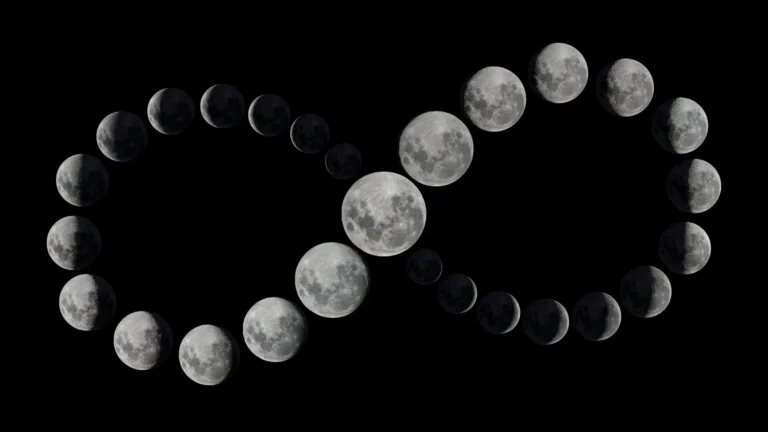The next full moon occurs on Tuesday, September 17 at 10:34 p.m. EDT (02:34 a.m. GMT on September 18). It will look full the night before and after its peak. September’s full moon is closest to Autumn Equinox. Autumn Equinox means that the sun is exactly above the equator creating equal hours of day and night.
The September full moon is called the Harvest Moon. It coincides with traditional corn harvest beginnings. Farmers named it for its practical significance in agriculture. Full moons aren’t always 100% full. We see the same side of the moon, but part remains in shadow due to its rotation. The moon becomes fully illuminated only when it aligns perfectly with Earth and the sun.
Table of contents
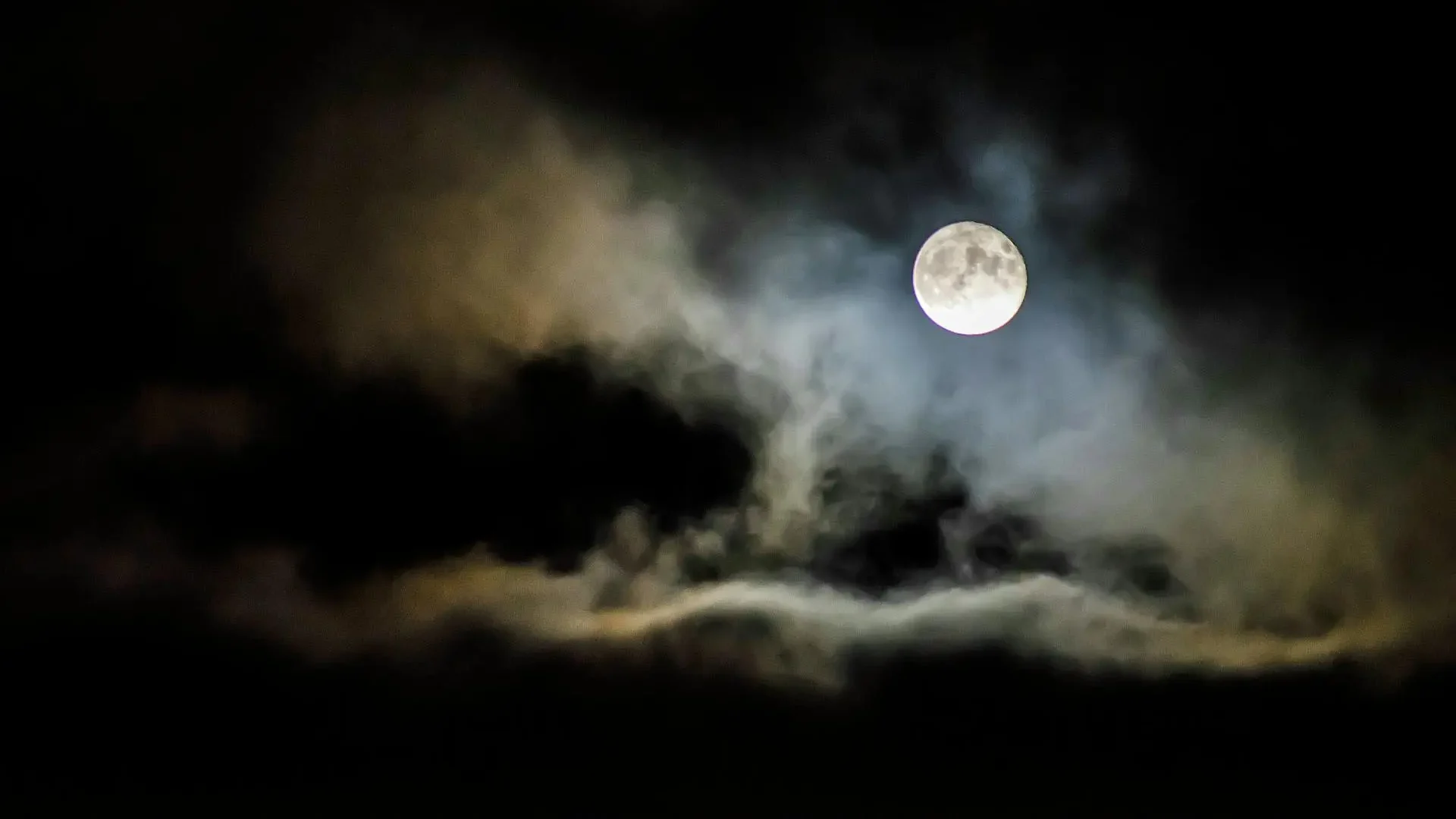
Definition
The full moon occurs when Earth sees the Moon’s entire illuminated face. It marks one of eight lunar phases. Sunlight reflects fully off the Moon toward Earth during this phase. Full moons outshine stars and planets, making them harder to see. The Moon’s bright light also obscures its own surface features.
Observers find it challenging to study lunar topography during a full moon due to the intense reflected sunlight. The Moon’s orbit determines its phases. One half always faces the Sun, staying illuminated, while the other remains dark.
As the Moon orbits, Earth sees varying amounts of its lit surface, creating lunar phases. The full moon appears when it reaches the midpoint of its orbit, directly opposite the Sun, with Earth between them. This positioning causes the full moon to rise at sunset and set at sunrise.
The lunar phase cycle, called the synodic month, lasts 29.5 days. Typically, one full moon occurs per calendar month. Sometimes, a full moon happens within the first two days of a month, allowing a second full moon that same month. This event, called a “blue moon,” occurs roughly every 33 months. Occasionally, a year may have two blue moons, though this is rare.
Understanding lunar phases helps predict moon visibility and timing. The full moon’s predictable cycle influences various natural phenomena and human activities.
Significance of Full Moon
Full Moon has different significance in different cultures. Such as Astrology, Spirituality, Hinduism, Buddhism, Symbolically and many more.
Astrology
Full moon astrology has experienced a revival in mainstream culture. A full moon occurs when the Sun and Moon are in opposition, with Earth between them, creating the visual effect of a fully illuminated moon. This phase is considered a time of increase awareness and clarity, offering insights into one’s life and emotions.
The full moon phase, lasting at least three days, is viewed as an opportunity for emotional mastery. During this time, individuals are encouraged to observe their emotions, thoughts, and behaviors that may require attention or change. Each full moon has a unique character due to different zodiac signs and planetary configurations, influencing its effects on the human experience.
Scientifically, the moon’s gravitational pull affects Earth’s tides, with full moons causing higher tides. This serves as a metaphor for increased emotions during full moons. However, blaming the moon for one’s behavior is not the solution. The full moon is believed to light up existing energies rather than create new ones.
Research has shown a relationship between full moons and sleep disturbances but the exact reasons remain still a mystery. Many people report difficulty sleeping, nighttime awakenings, or intense dreams during this lunar phase. This phenomenon may have contributed to the Latin term “moonstruck” associated with full moons.
To harness the energy of a full moon, various practices are suggested. These include performing Moon Salutations (Chandra Namaskar), dancing in the moonlight, or taking a cleansing bath. These activities are believed to help release old energies and adopt new insights. The full moon is also seen as representing the feminine aspect which offers an opportunity to connect with intuition and cosmic wisdom.
Spirituality
Full moon rituals are a powerful way to connect with nature’s cycles and personal growth. These practices can be adjusted to individual preferences, ranging from simple outdoor activities to more complicated ceremonies.
Begin by spending a few minutes outside, absorbing the moonlight. This initial step helps attune your body and mind to the moon’s energy, setting the stage for your chosen ritual.
For those seeking simplicity, a moonlit walk or hike can be deeply rejuvenating. The physical activity and lunar exposure can boost mood and energy levels. Bath helps in relaxation which creates a perfect environment for self-reflection.
Journaling under the full moon is an effective way to process emotions and gain clarity. After basking in the moonlight, record your thoughts, feelings, and physical sensations without concern for perfect writing. This unfiltered approach often reveals insights that might otherwise remain hidden.
Meditation is another powerful full moon practice. Find a comfortable outdoor spot and focus on relaxing your body and clearing your mind. For beginners, start with 2-3 minute sessions, gradually increasing duration as you become more comfortable with the practice. Remember, it’s normal for thoughts to arise; simply observe them without judgment and gently return your focus to your breath.
Practicing gratitude during the full moon can shift perspective and increase overall well-being. Spend time listing or writing about things you’re grateful for, allowing thoughts to flow naturally without overthinking. Afterward, reflect on what you’ve written, using this exercise as a tool for cultivating a positive mindset.
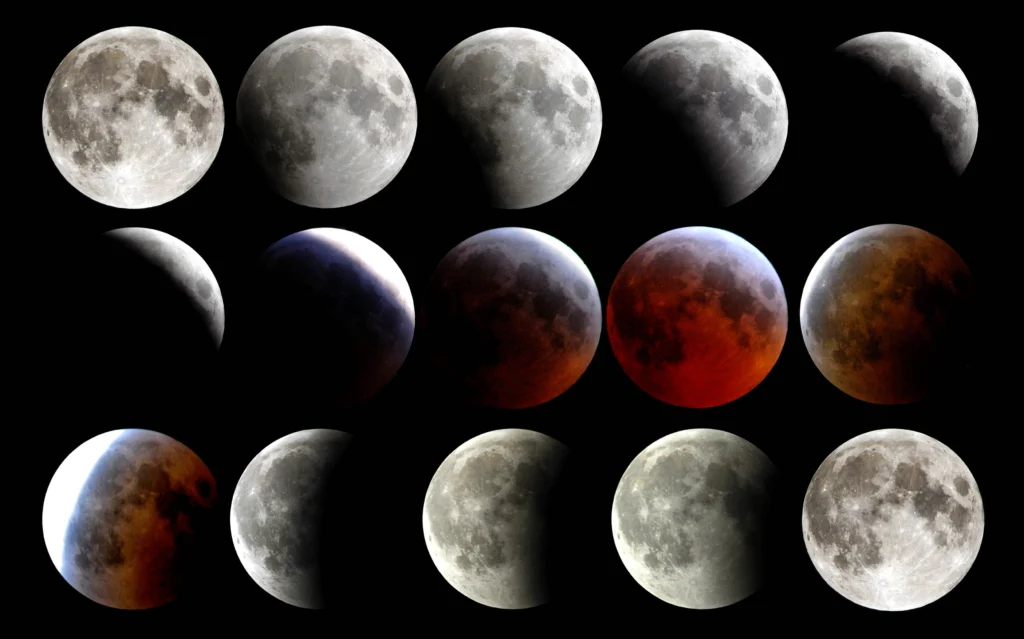
Moon Phases and Lunar Cycle
The moon orbits Earth every 27.3 days, rotating on its axis at the same rate. This synchronous rotation results in the moon always presenting the same face to Earth.
The moon’s appearance changes due to varying angles of sunlight reflection as it revolves around Earth. Moon phases occur in a cyclical pattern. The new moon phase happens when the moon is between Earth and the sun, with its unilluminated side facing us.
As the moon moves around Earth, the visible portion gradually increases, creating the waxing crescent phase. The first quarter moon occurs when half of the visible lunar surface is illuminated. The waxing gibbous phase follows, with more than half of the moon’s face lit.
A full moon appears when the Earth is between the sun and moon, with the entire visible lunar surface illuminated. After the full moon, the visible illuminated area decreases, entering the waning gibbous phase.
The third quarter moon shows half of the visible surface lit from the opposite side. The waning crescent phase precedes the return to the new moon, completing the cycle.
Solar eclipses occur when the moon passes directly between Earth and the sun, although this is rare due to the moon’s orbital plane differing slightly from Earth’s.
Full moons are calculated to occur at specific moments, which may not coincide with moonrise in all locations.
| Phase | Phases of Moon |
|---|---|
| 1 | New Moon |
| 2 | Waxing Cresent |
| 3 | First Quarter |
| 4 | Waxing Gibbous |
| 5 | Full Moon |
| 6 | Waning Gibbous |
| 7 | Third Quarter |
| 8 | Waning Cresent |
How often Full Moons occur
Full moons occur approximately every 29.5 days, marking the completion of one lunar phase cycle. This timing results in one full moon per calendar month on average. However, the discrepancy between the lunar year (354 days) and the solar year (365 or 366 days) leads to an extra full moon roughly every 2.5 years, known as a “blue moon.”
A full moon is observed when the moon is directly opposite the sun relative to Earth, with its entire visible surface illuminated. This astronomical event has cultural significance across various societies, often reflected in the naming of full moons.
Many full moon names originate from Native American traditions and other cultural sources, typically relating to seasonal events or natural phenomena. For instance, January’s full moon is commonly called the “wolf moon,” associated with increased wolf activity during winter. The June full moon, known as the “strawberry moon,” coincides with the strawberry harvesting season.
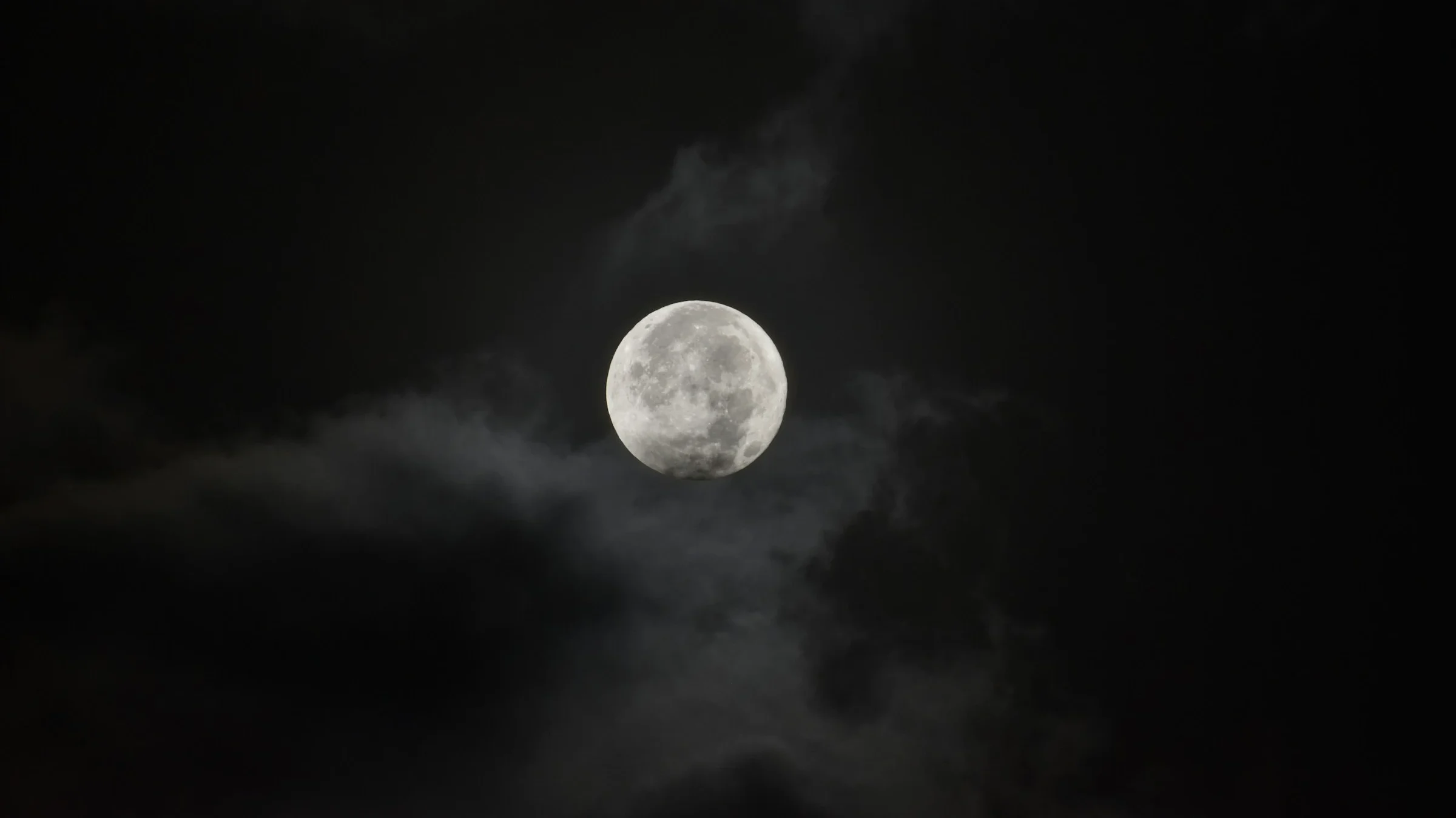
Full Moon Calendar 2024
| Date | Name | U.S. Eastern Time | GMT | Additional Details |
|---|---|---|---|---|
| January 25 | Wolf Moon | 12:54 p.m. | 17:54 | Named for howling wolves in winter |
| February 24 | Snow Moon | 7:30 a.m. | 12:30 | Reflects heavy snowfall typical in February |
| March 25 | Worm Moon | 3:00 a.m. | 07:00 | When earthworms begin to emerge from thawing ground |
| April 23 | Pink Moon | 7:49 p.m. | 23:49 | Named after pink wildflowers blooming in early spring |
| May 23 | Flower Moon | 9:53 a.m. | 13:53 | Signifies abundant blooming of flowers |
| June 21 | Strawberry Moon | 9:08 p.m. | 01:08 on June 22 | Coincides with strawberry harvesting season |
| July 21 | Buck Moon | 6:17 a.m. | 10:17 | When male deer begin growing new antlers |
| August 19 | Sturgeon Moon | 2:26 p.m. | 18:26 | Named for abundant sturgeon fish in Great Lakes |
| September 17 | Harvest Moon | 10:34 p.m. | 02:34 on Sept. 18 | Closest full moon to autumn equinox |
| October 17 | Hunter’s Moon | 7:26 a.m. | 11:26 | Traditionally aided hunters tracking prey |
| November 15 | Beaver Moon | 4:29 p.m. | 21:29 | When beavers prepare for winter |
| December 15 | Cold Moon | 4:02 a.m. | 09:02 | Reflects cold temperatures of winter |
Types of Full Moons
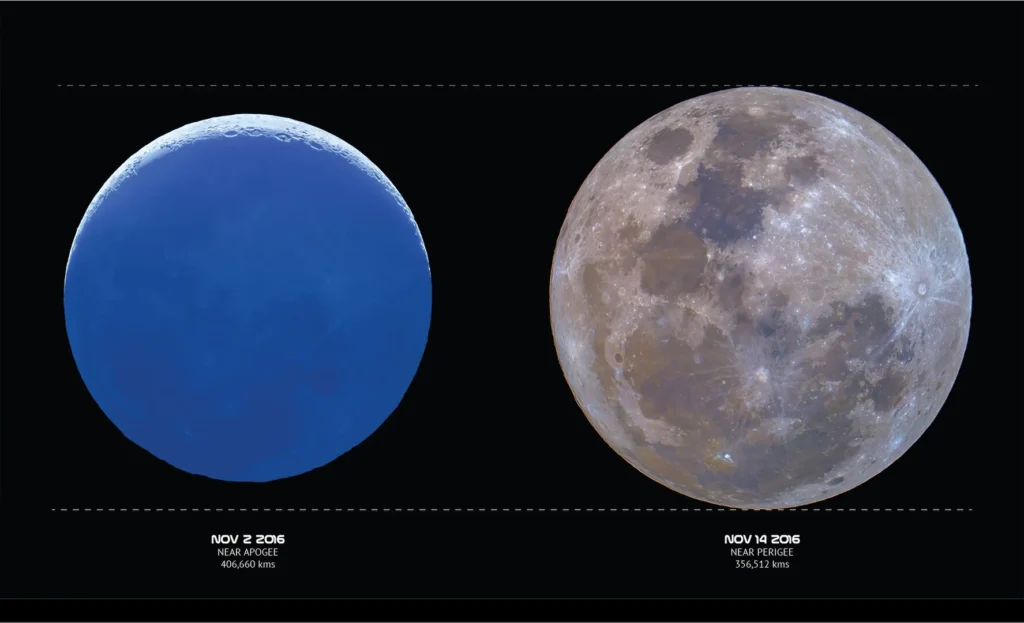
Supermoon
A supermoon occurs when a full moon coincides with a perigee, appearing 30% brighter and 14% larger than usual. Some associate it with heightened emotions.
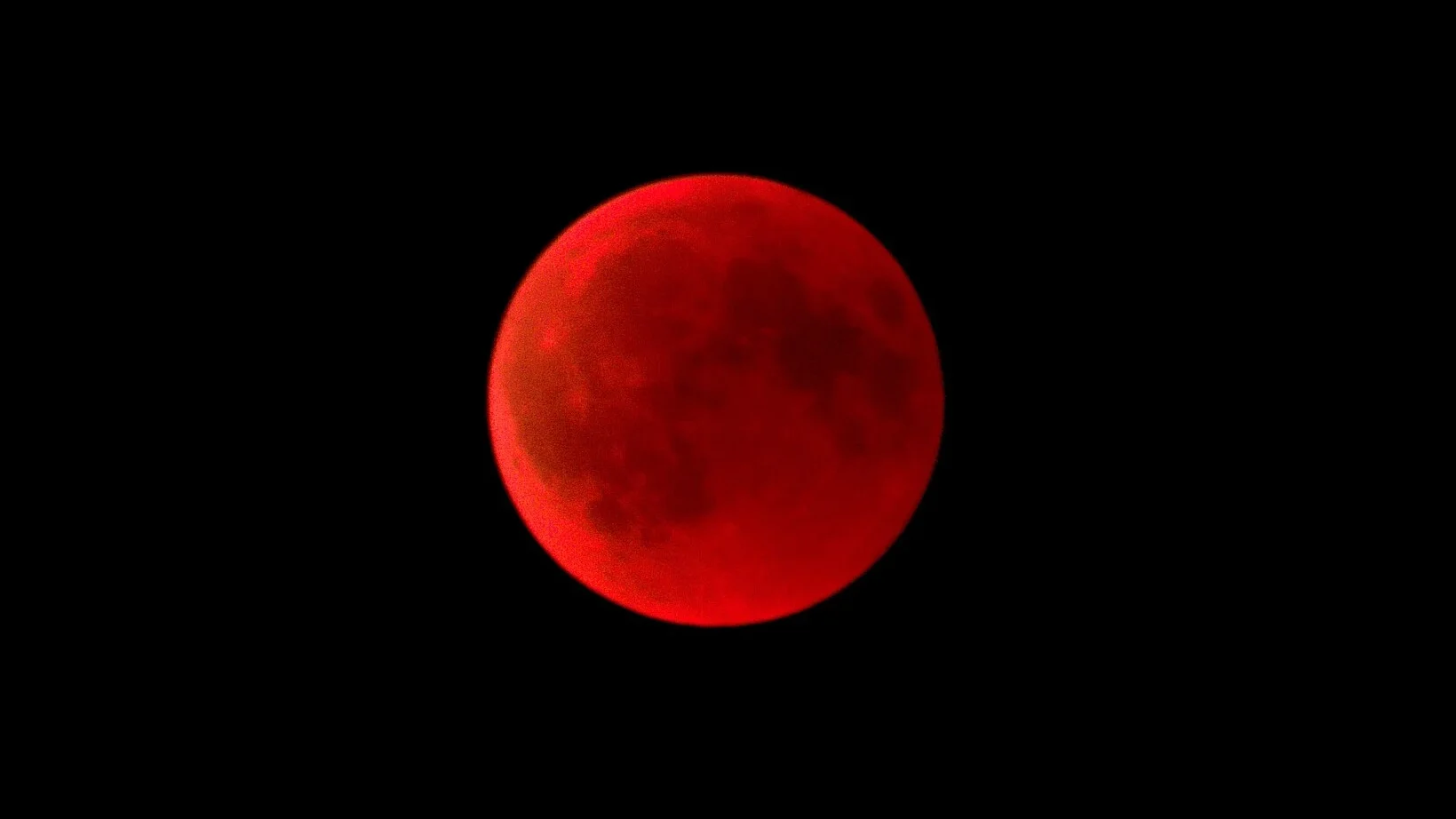
Lunar Eclipse / Blood Moon
Lunar eclipses happen when the moon passes into Earth’s shadow, turning red. The next partial lunar eclipse is on November 19, visible from parts of Asia, Australia, North America, Europe, and South America. Modern interpretations view it as a symbol of change and release.
Super Flower Blood Moon This rare event combines a supermoon with a total lunar eclipse. It symbolizes rebirth and growth, with the next occurrence on October 8, 2033.
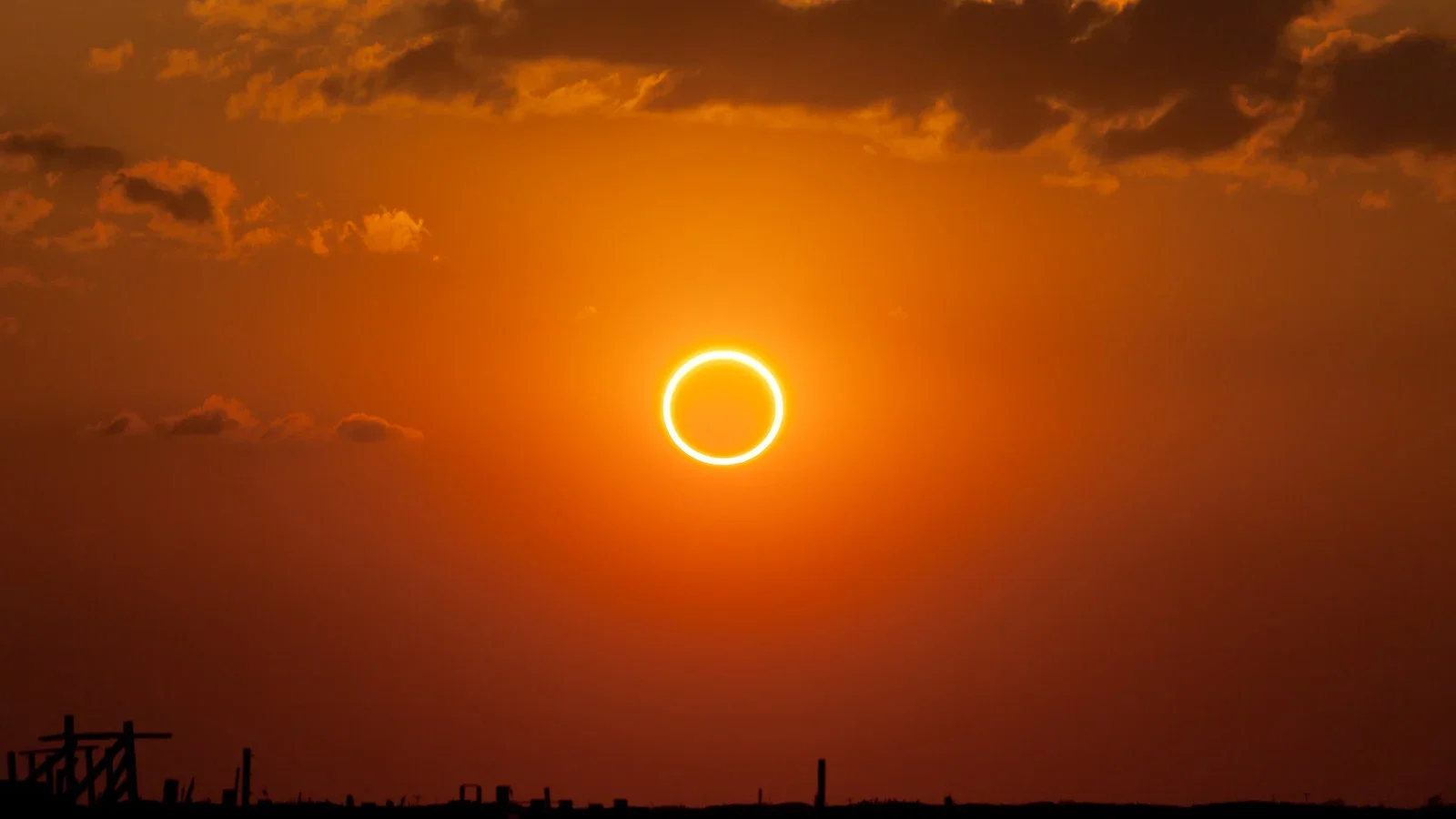
Ring of Fire
The “ring of fire” solar eclipse occurs when the moon is too far to completely block the sun. A total solar eclipse will happen on December 4, visible from Antarctica and partially from South Africa and the South Atlantic.
Seasonal Moons
- Pink Moon (April): Named after wild ground phlox blooms, signaling optimism.
- Strawberry Moon (June): Often has a reddish hue due to its low position, symbolizing fortune and generosity.
- Blue Moon: The third full moon in a season with four, occurring every 2.5 years.
- Harvest Moon: Nearest to the autumnal equinox, rising at almost the same time for several nights.
Micromoon
It occurs when a full moon coincides with apogee, appearing 14% smaller and 30% less bright than supermoons. Affects tides and is believed to influence various aspects of life.
These lunar phenomena carry cultural significance and are often associated with spiritual or emotional impacts, reflecting humanity’s enduring fascination with the moon’s cycles and appearances.

Traditional Names for Full Moons
Full moon names reflect seasonal changes and cultural traditions across various societies. These names, originating from Native American, Celtic, Anglo-Saxon, and Neo-Pagan cultures, continue to be used today.
January’s Wolf Moon references hungry wolves howling in winter. February’s Snow Moon indicates heavy snowfall, while March’s Worm Moon signifies emerging earthworms. April’s Pink Moon is named after a blooming wild phlox.
May’s Flower Moon represents spring blossoms, and June’s Strawberry Moon coincides with berry ripening. July’s Buck Moon marks new antler growth on deer. August’s Sturgeon Moon relates to abundant fish in the Great Lakes.
The Harvest Moon, occurring in September or October, is uniquely determined by proximity to the autumn equinox. September’s Corn Moon reflects crop harvesting, while October’s Hunter’s Moon traditionally signals hunting season preparation.
November’s Beaver Moon refers to beaver activity before winter. December’s Cold Moon marks the onset of winter in the Northern Hemisphere.
These names often overlap between cultures and may vary regionally. Native American tribes used names like Breaking Ice Moon and Green Corn Moon, while Celtic traditions included Dispute Moon and Mourning Moon. Anglo-Saxon names such as Egg Moon and Hay Moon also contribute to this diverse lunar nomenclature.
Native American Moon Names
- Algonquin tribes: Used consistent names from New England to Lake Superior
- Other tribes: Over 50 Native American peoples had unique moon names
- Examples: Harvest Moon (September/October), Cold Moon (December)
European Settler Moon Names
- Adapted from Native American traditions
- Created some unique names
Chinese Moon Names
- January: Holiday Moon
- April: Peony Moon
- July: Hungry Ghost Moon
- October: Kindly Moon
Southern Hemisphere Moon Names
- Seasonal differences lead to alternate naming
- January: Hay Moon, Buck Moon, Thunder Moon
- June: Oak Moon, Cold Moon, Long Night’s Moon
- December: Strawberry Moon, Honey Moon, Rose Moon
Celtic Moon Names
- Unique naming system, not detailed in the given text
Seasonal Correspondence
- Northern Hemisphere: Harvest Moon in September/October, Cold Moon in December
- Southern Hemisphere: Harvest Moon in March, Cold Moon in June
Cultural Significance
- Names often reflect seasonal markers or important events
- Demonstrate the universal human tendency to mark time by lunar cycles
- Highlight cultural differences in interpreting natural phenomena
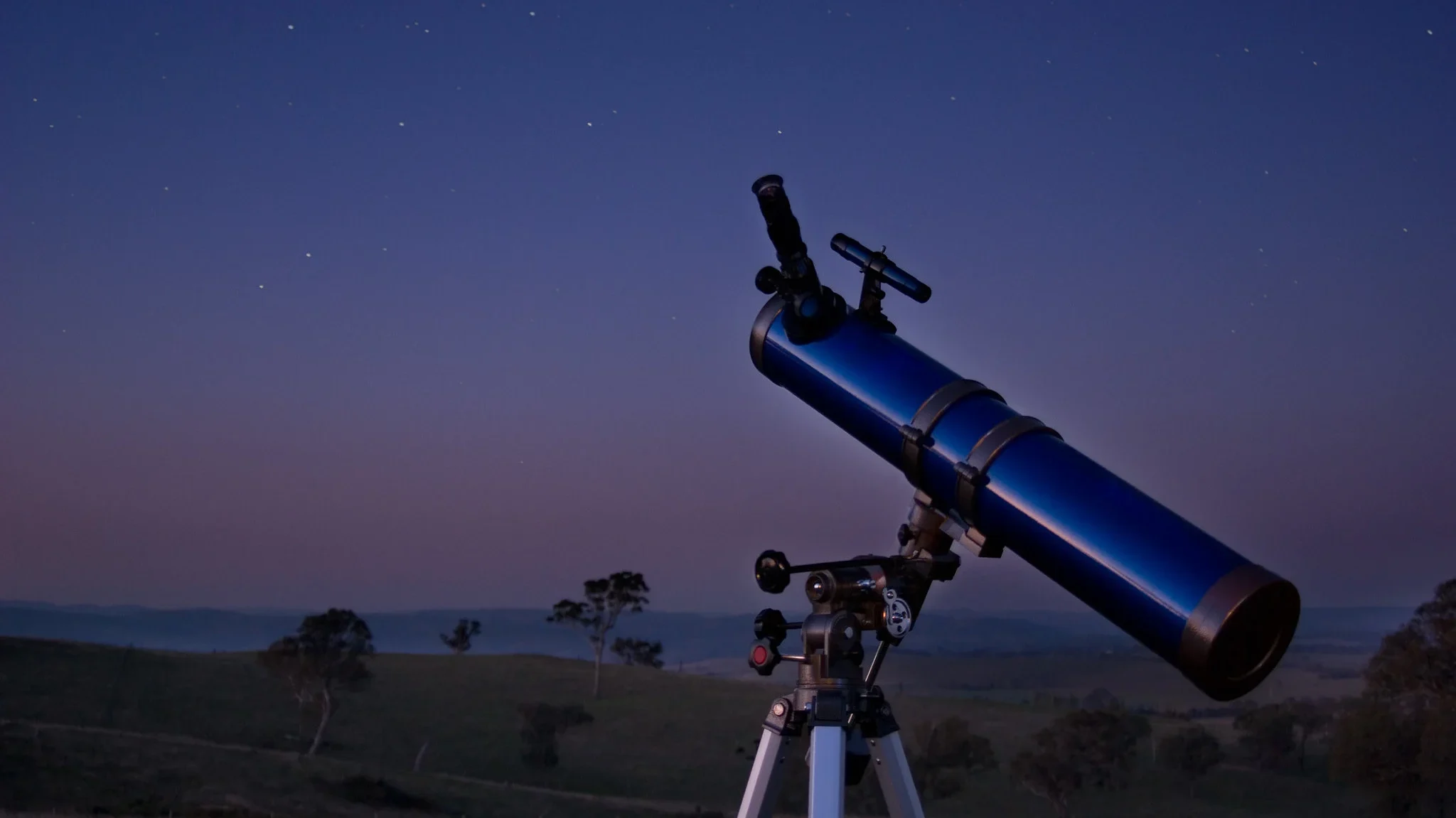
Observing Full Moons
Find an unobstructed horizon on a clear evening for optimal full-moon viewing. Choose elevated locations or east-facing coasts for better visibility. Use binoculars to observe the full moon, with proper details like craters and mountain ridges.
Telescopes reveal more detailed features like mountains and crater chains. Attach a DSLR camera to a lens or small telescope for enhanced imagery.
Alternatively, use a webcam or high frame rate CCD camera with a modest telescope. Smartphone cameras can also capture lunar images. Look for ray ejecta systems, bright streaks radiating from craters. Observe lunar libration, the moon’s orbital wobble that reveals previously hidden areas.
Frequently Asked Questions on Full Moon (FAQs)
The next full moon occurs on Tuesday, September 17 at 10:34 p.m. EDT (02:34 a.m. GMT on September 18). It will look full the night before and after its peak. September’s full moon is closest to Autumn Equinox.
The full moon occurs when the Moon’s Earth-facing side is completely illuminated by the Sun. It represents the midpoint of the lunar cycle, appearing as a fully circular disk in the night sky. Culturally, full moons hold significance in various traditions, often associated with harvests, religious observances, and folklore.
September’s full moon is called the Harvest Moon. It’s the full moon closest to the autumnal equinox. Traditionally, this moon provided extra light for farmers to complete their harvest, hence its name.
During a full moon, Earth is between the Sun and Moon. The Moon’s entire sunlit side faces Earth, appearing as a complete disk. This alignment causes stronger tides. The Moon rises at sunset and sets at sunrise. Some animals alter their behavior during full moons.
A full moon symbolizes completion, fulfillment, and peak energy. In various cultures, it represents fertility, transformation, and illumination. Many traditions associate it with heightened emotions, intuition, and spiritual awareness. Some view it as a time for reflection, manifestation, or releasing what no longer serves them.
Stay tuned with us. Further, follow us on social media for the latest updates.
Join us on Telegram Group for the Latest Aviation Updates. Subsequently, follow us on Google News.

